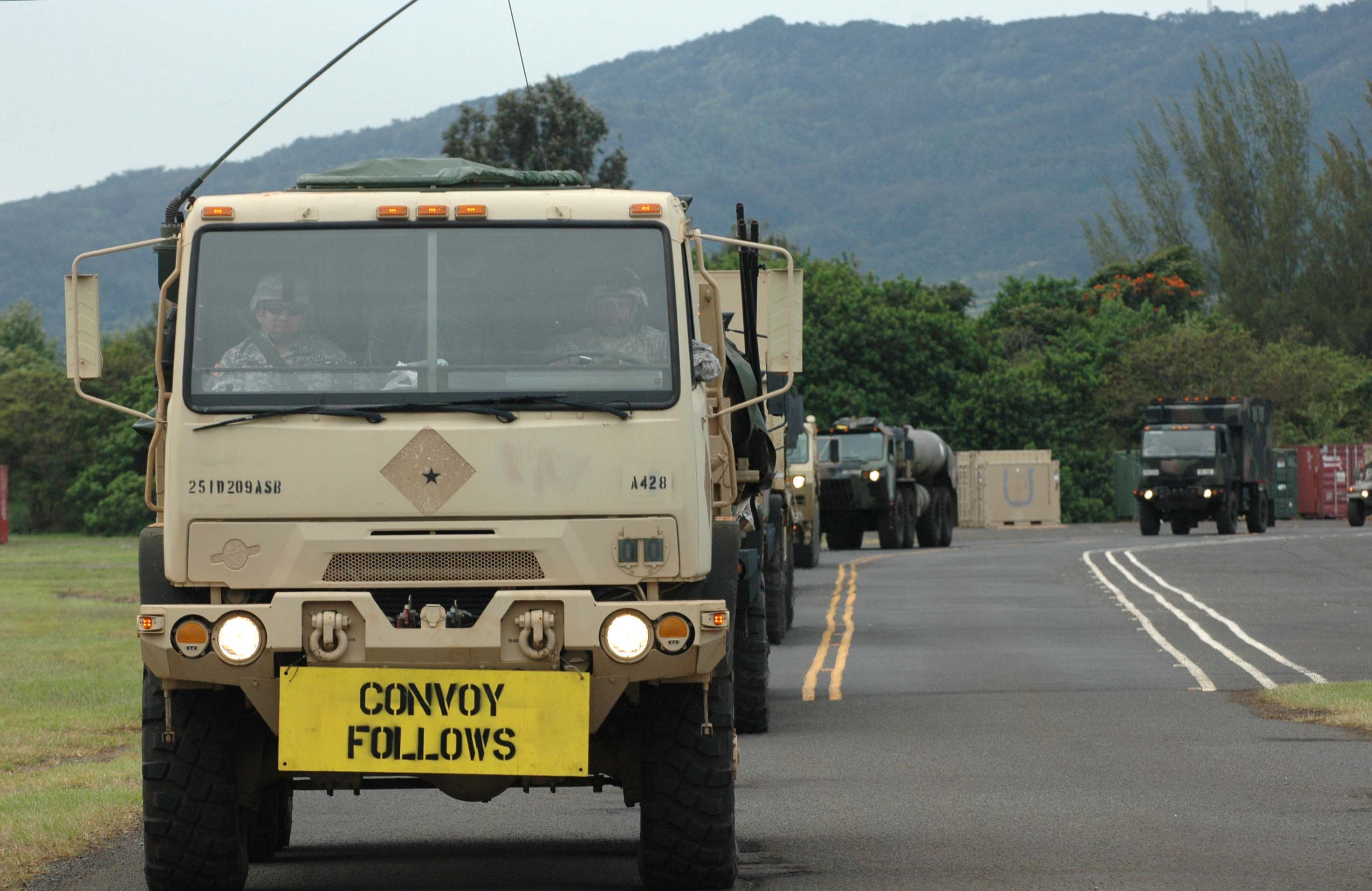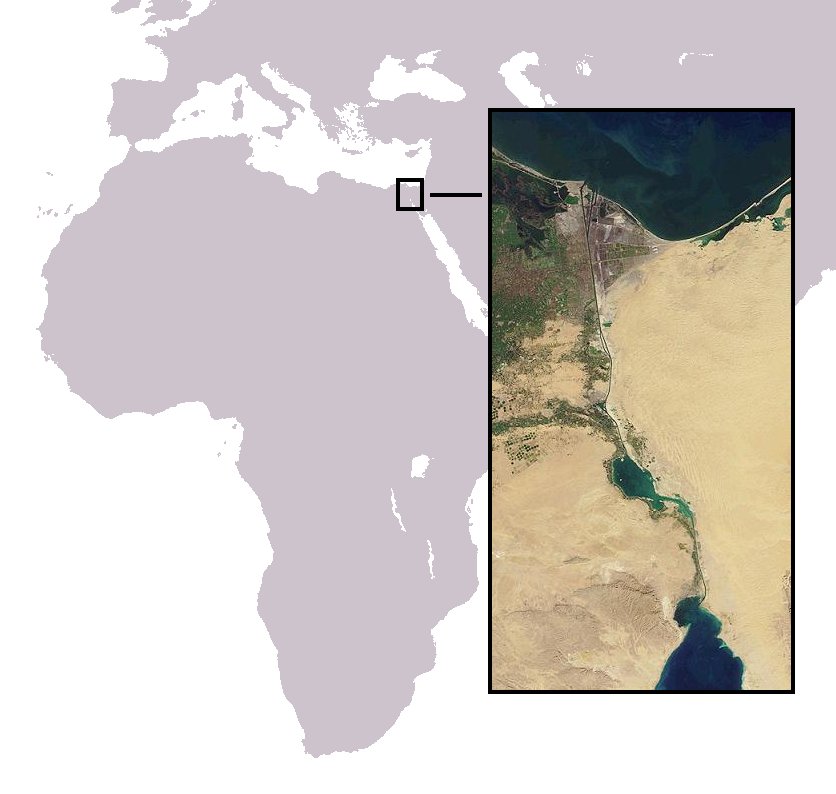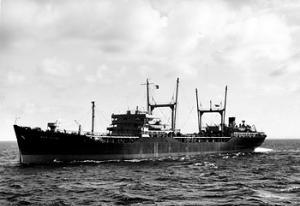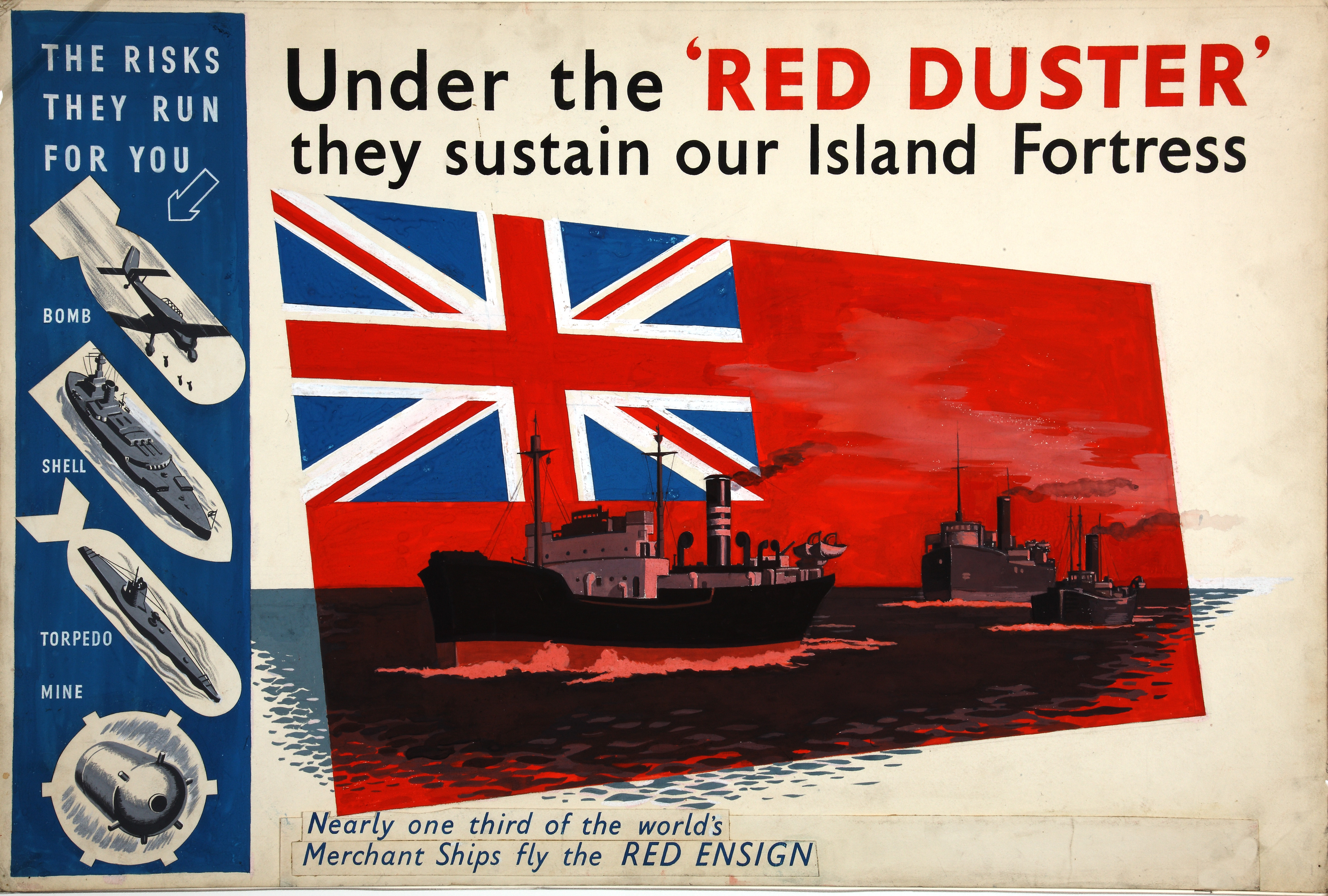|
Empire Galahad
SS ''Empire Galahad'' was a refrigerated cargo ship built in 1942 and scrapped in 1967. She was also called SS ''Celtic Star'' (1946), SS ''Murillo'' (1946–52), SS ''Bogliasco'' (1952–54), MV ''Bogliasco'' (1954–63) and MV ''Ocean Peace'' (1963–67). She was built as a steamship, but in 1954 she was converted into a motor ship. She was scrapped in Taiwan in 1967. Background Empire ships were civilian vessels in UK Government service. Their names were all prefixed with "Empire". Mostly they were used during World War II by the Ministry of War Transport (MoWT), who owned the ships but contracted out their management to various shipping lines. Some ships requisitioned during the Suez Crisis were also given the ''Empire'' prefix. They were acquired from a number of sources. Many were built for the MoWT, others obtained from the USA, still others were captured or seized from enemy powers. History Lithgows in Port Glasgow built ''Empire Galahad'' for the MoWT. She was launched ... [...More Info...] [...Related Items...] OR: [Wikipedia] [Google] [Baidu] |
SS Murillo
''Murillo'' has been the name of a number of steamships. * , involved in a collision with in 1873. * , in service with Lamport and Holt 1915–32. * , in service with Lamport and Holt 1946–52. {{DEFAULTSORT:Murillo Ship names ... [...More Info...] [...Related Items...] OR: [Wikipedia] [Google] [Baidu] |
Cantieri Riuniti Dell' Adriatico
Cantieri Riuniti dell'Adriatico ("United Shipbuilders of the Adriatic") was an Italian manufacturer in the sea and air industry which was active from 1930 to 1966. This shipyard is now owned by Fincantieri. History In 1930, Stabilimento Tecnico Triestino based at Trieste merged with another Italian company, the Cantiere Navale Triestino of Monfalcone, forming the ''Cantieri Riuniti dell'Adriatico'' (CRDA). The new company built a number of light and heavy cruisers for the Regia Marina (Royal Italian Navy) between the wars, as well as some 27 submarines. It also built, in 1932, the ocean liner ''Conte di Savoia'', the first major liner fitted with gyroscopic stabilizers. During World War II, CRDA Trieste built two battleships for the Regia Marina, ''Vittorio Veneto'' and ''Roma''. CRDA survived the postwar shakeup in the shipbuilding industry and went on to build several more commercial liners in the 1950s and 1960s, as well as a few naval vessels. In 1984, CRDA was sold to ... [...More Info...] [...Related Items...] OR: [Wikipedia] [Google] [Baidu] |
Convoy SL 123
A convoy is a group of vehicles, typically motor vehicles or ships, traveling together for mutual support and protection. Often, a convoy is organized with armed defensive support and can help maintain cohesion within a unit. It may also be used in a non-military sense, for example when driving through remote areas. Naval convoys Age of Sail Naval convoys have been in use for centuries, with examples of merchant ships traveling under naval protection dating to the 12th century. The use of organized naval convoys dates from when ships began to be separated into specialist classes and national navies were established. By the French Revolutionary Wars of the late 18th century, effective naval convoy tactics had been developed to ward off pirates and privateers. Some convoys contained several hundred merchant ships. The most enduring system of convoys were the Spanish treasure fleets, that sailed from the 1520s until 1790. When merchant ships sailed independently, a privateer coul ... [...More Info...] [...Related Items...] OR: [Wikipedia] [Google] [Baidu] |
Suez Crisis
The Suez Crisis, also known as the Second Arab–Israeli War, the Tripartite Aggression in the Arab world and the Sinai War in Israel, was a British–French–Israeli invasion of Egypt in 1956. Israel invaded on 29 October, having done so with the primary objective of re-opening the Straits of Tiran and the Gulf of Aqaba as the recent tightening of the eight-year-long Egyptian blockade further prevented Israeli passage. After issuing a joint ultimatum for a ceasefire, the United Kingdom and France joined the Israelis on 5 November, seeking to depose Egyptian president Gamal Abdel Nasser and regain control of the Suez Canal, which Nasser had earlier nationalised by transferring administrative control from the foreign-owned Suez Canal Company to Egypt's new government-owned Suez Canal Authority. Shortly after the invasion began, the three countries came under heavy political pressure from both the United States and the Soviet Union, as well as from the United Nations, even ... [...More Info...] [...Related Items...] OR: [Wikipedia] [Google] [Baidu] |
World War II
World War II or the Second World War (1 September 1939 – 2 September 1945) was a World war, global conflict between two coalitions: the Allies of World War II, Allies and the Axis powers. World War II by country, Nearly all of the world's countries participated, with many nations mobilising all resources in pursuit of total war. Tanks in World War II, Tanks and Air warfare of World War II, aircraft played major roles, enabling the strategic bombing of cities and delivery of the Atomic bombings of Hiroshima and Nagasaki, first and only nuclear weapons ever used in war. World War II is the List of wars by death toll, deadliest conflict in history, causing World War II casualties, the death of 70 to 85 million people, more than half of whom were civilians. Millions died in genocides, including the Holocaust, and by massacres, starvation, and disease. After the Allied victory, Allied-occupied Germany, Germany, Allied-occupied Austria, Austria, Occupation of Japan, Japan, a ... [...More Info...] [...Related Items...] OR: [Wikipedia] [Google] [Baidu] |
Government Of The United Kingdom
His Majesty's Government, abbreviated to HM Government or otherwise UK Government, is the central government, central executive authority of the United Kingdom of Great Britain and Northern Ireland.Overview of the UK system of government : Directgov – Government, citizens and rights Archived direct.gov.uk webpage. Retrieved on 29 August 2014. The government is led by the Prime Minister of the United Kingdom, prime minister (Keir Starmer since 5 July 2024) who appoints all the other British Government frontbench, ministers. The country has had a Labour Party (UK), Labour government since 2024 United Kingdom general election, 2024. The ... [...More Info...] [...Related Items...] OR: [Wikipedia] [Google] [Baidu] |
Empire Ship
An Empire ship is a merchant ship that was given a name beginning with "Empire" in the service of the Government of the United Kingdom during and after World War II. Most were used by the Ministry of War Transport (MoWT), which owned them and contracted their operation to various shipping companies of the British Merchant Navy. Empire ships came from two main sources: new construction, and capture and seizure. New Empire ships were built for the MoWT or obtained from the United States to increase Britain's shipping capacity and offset losses to German U-boats, commerce raiders, bombing and other enemy actions in the tonnage war Germany was waging against Britain's sea transport around the globe. Others were captured or seized from enemy powers and some were acquired by requisition or normal purchase or lease. New Empire ship construction represented an enormous undertaking that included classes of freighters, tankers, aircraft carriers, fast cargo liners, tank landing ships, ... [...More Info...] [...Related Items...] OR: [Wikipedia] [Google] [Baidu] |
Motor Ship
A motor ship or motor vessel is a ship propelled by an internal combustion engine, usually a diesel engine. The names of motor ships are often prefixed with MS, M/S, MV or M/V. Engines for motorships were developed during the 1890s, and by the early 20th century, motorships began to cross the waters. History The first diesel-powered motorships were launched in 1903: the Russian (the first equipped with diesel-electric transmission) and French ''Petite-Pierre''. There is disagreement over which of the two was the first. See also * Gas turbine ship (GTS) – prefix for a jet-engine/turbine-propelled ship * Steamship (SS) – a steamship is a ship propelled by a steam engine or steam turbine. The name of steam ships are often prefixed with SS or S/S * Royal Mail Ship (RMS) – Royal Mail Ship * Ship prefix A ship prefix is a combination of letters, usually abbreviations, used in front of the name of a civilian or naval ship that has historically served numerous purposes, s ... [...More Info...] [...Related Items...] OR: [Wikipedia] [Google] [Baidu] |
Steamship
A steamship, often referred to as a steamer, is a type of steam-powered vessel, typically ocean-faring and seaworthy, that is propelled by one or more steam engines that typically move (turn) propellers or paddlewheels. The first steamships came into practical usage during the early 19th century; however, there were exceptions that came before. Steamships usually use the prefix designations of "PS" for ''paddle steamer'' or "SS" for ''screw steamer'' (using a propeller or screw). As paddle steamers became less common, "SS" is incorrectly assumed by many to stand for "steamship". Ships powered by internal combustion engines use a prefix such as "MV" for ''motor vessel'', so it is not correct to use "SS" for most modern vessels. As steamships were less dependent on wind patterns, new trade routes opened up. The steamship has been described as a "major driver of the first wave of trade globalization (1870–1913)" and contributor to "an increase in international trade that was ... [...More Info...] [...Related Items...] OR: [Wikipedia] [Google] [Baidu] |
Cargo Ship
A cargo ship or freighter is a merchant ship that carries cargo, goods, and materials from one port to another. Thousands of cargo carriers ply the world's List of seas, seas and Ocean, oceans each year, handling the bulk of international trade. Cargo ships are usually specially designed for the task, often being equipped with crane (machine), cranes and other mechanisms to load and unload, and come in all sizes. Today, they are almost always built of Welding, welded steel, and with some exceptions generally have a life expectancy of 25 to 30 years before being scrapped. Definitions The words ''cargo'' and ''freight'' have become interchangeable in casual usage. Technically, "cargo" refers to the goods carried aboard the ship for hire, while "freight" refers to the act of carrying of such cargo, but the terms have been used interchangeably for centuries. Generally, the modern ocean shipping business is divided into two classes: # Liner business: typically (but not exclusive ... [...More Info...] [...Related Items...] OR: [Wikipedia] [Google] [Baidu] |
Reefer Ship
A reefer ship is a refrigerated cargo ship typically used to transport perishable cargo, which require air conditioning, temperature-controlled handling, such as fruits, meat, vegetables, dairy products, and similar items. Description ''Types of reefers:'' Reefer ships may be categorised into three types: # Side-door vessels have water-tight ports on the ship's hull, which open into a cargo hold. Elevators or ramps leading from the quay serve as loading and discharging access for the forklifts or conveyors. Inside these access ports or side doors, pallet lifts or another series of conveyors bring the cargo to the respective decks. This special design makes the vessels particularly well suited for inclement weather operations as the tops of the cargo holds are always closed against rain and sun. # Conventional vessels have a traditional cargo operation with top opening hatches and crane (machine), cranes/derrick (lifting device), derricks. On such ships, when facing wet weather, ... [...More Info...] [...Related Items...] OR: [Wikipedia] [Google] [Baidu] |
Defensively Equipped Merchant Ship
Defensively equipped merchant ship (DEMS) was an Admiralty Trade Division programme established in June 1939, to arm 5,500 British merchant ships with an adequate defence against enemy submarines and aircraft. The acronym DEMS was used to describe the ships carrying the guns, the guns aboard the ships, the military personnel manning the guns, and the shore establishment supporting the system. This followed a similar World War I program of defensively armed merchant ships (DAMS). The program was distinct from armed merchant cruiser program, which were warships converted from civilian vessels, operated by the Royal Navy itself. Background In the eighteenth and nineteenth centuries, European countries such as Spain, France, the Netherlands and Britain armed their merchant ships to prevent capture by pirates, enemy commerce raiders and privateers when they conducted overseas trade. The most heavily armed were ships carrying valuable cargo back from the Far East. Notably the East I ... [...More Info...] [...Related Items...] OR: [Wikipedia] [Google] [Baidu] |








